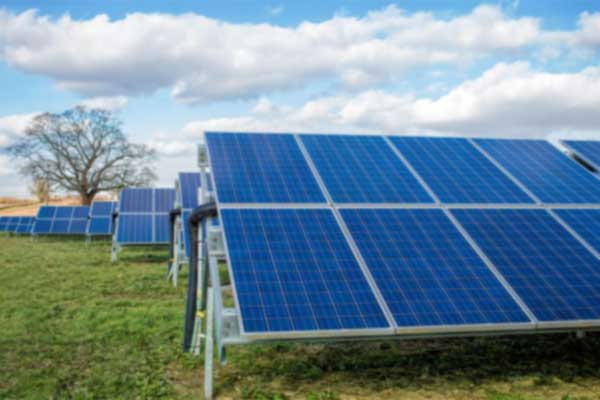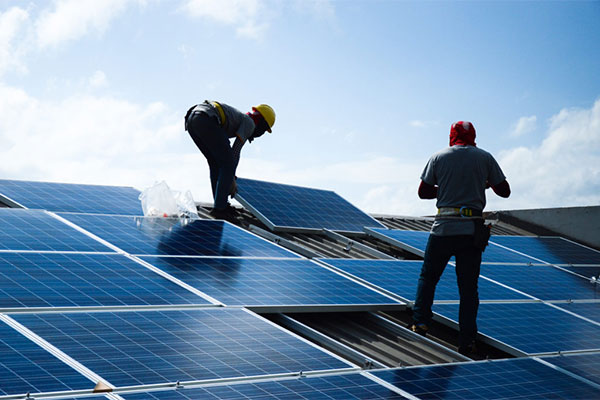Environmental Scientists at Lancaster University and the Centre for Ecology and Hydrology monitored a large solar park, near Swindon, for a year.
They found that solar parks altered the local climate, measuring cooling of as much as 5 degrees Centigrade under the panels during the summer but the effects varied depending on the time of year and the time of day.
As climate controls biological processes, such as plant growth rates, this is really important information and can help understand how best to manage solar parks so they have environmental benefits in addition to supplying low carbon energy.
Their paper ‘Solar park microclimate and vegetation management effects on grassland carbon cycling’ is published in the Journal Environmental Research Letters.
Increasing energy demands and the drive towards low carbon energy sources have prompted a rapid increase in ground-mounted solar parks across the world.
This means a significant land use change on a global scale and has prompted urgent calls for a detailed understanding of the impacts of solar parks on the fields beneath them.
Dr Alona Armstrong, of Lancaster University, said the new study raises some key questions for the future.
She said: “Solar parks are appearing in our landscapes but we are uncertain how they will affect the local environment.”
“This is particularly important as solar parks take up more space per unit of power generated compared with traditional sources. This has implications for ecosystems and the provision of goods, for example crops, and services, such as soil carbon storage. But until this study we didn’t understand how solar parks impacted climate and ecosystems.”
“With policies in dominant economies supporting solar energy, it is important that we understand the environmental impacts to ensure we get more than just low carbon energy from the land they occupy.”
The authors of the study say understanding the climate effects of solar parks will give farmers and land managers the knowledge they need to choose which crops to grow and how best to manage the land; there is potential to maximise biodiversity and improve yields.
Dr Armstrong added: “This understanding becomes even more compelling when applied to areas that are very sunny that may also suffer water shortages. The shade under the panels may allow crops to be grown that can’t survive in full sun. Also, water losses may be reduced and water could be collected from the large surfaces of the solar panels and used for crop irrigation.”
Reference(s):
Publication: Alona Armstrong, Nicholas J Ostle, Jeanette Whitaker. Solar park microclimate and vegetation management effects on grassland carbon cycling. Environmental Research Letters, 2016
Story: Lancaster University | July 13, 2016
















Comments